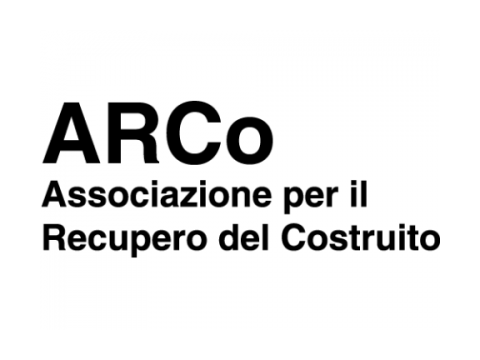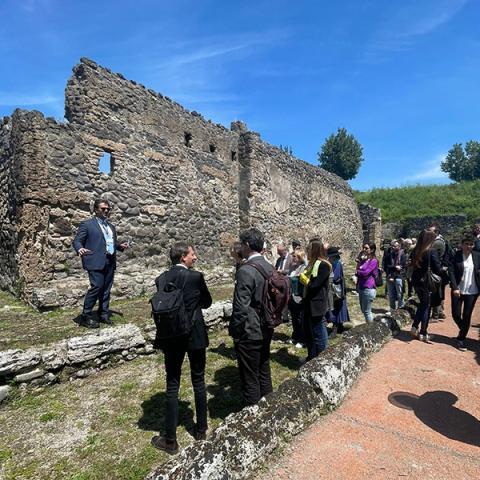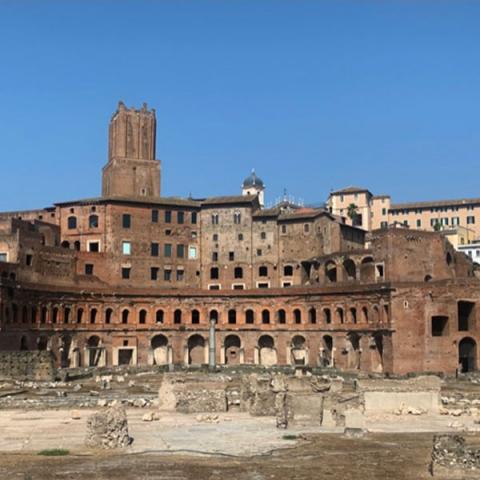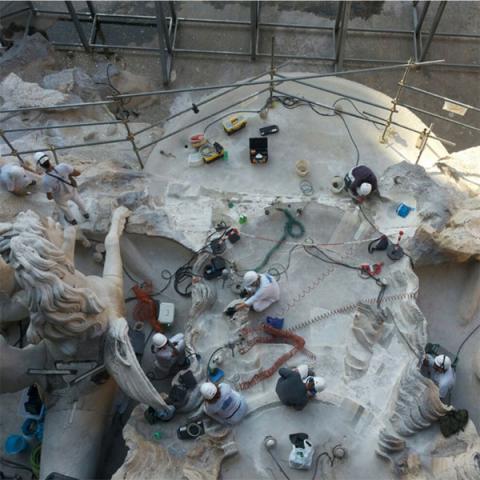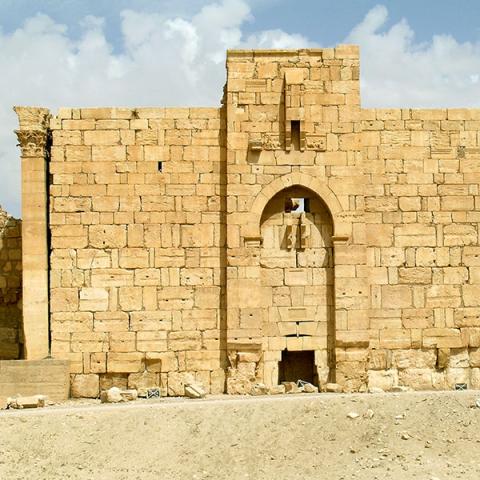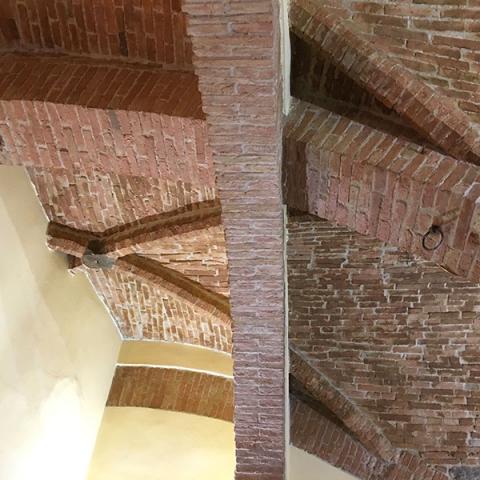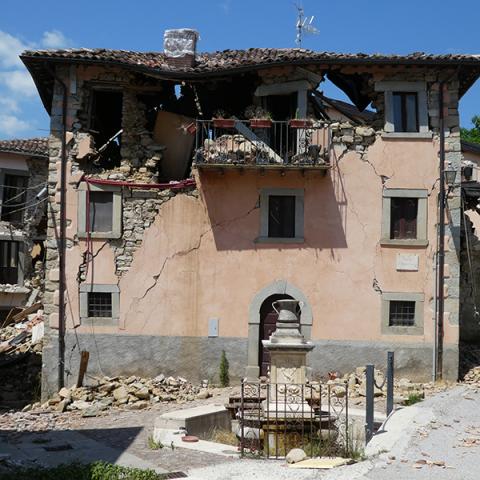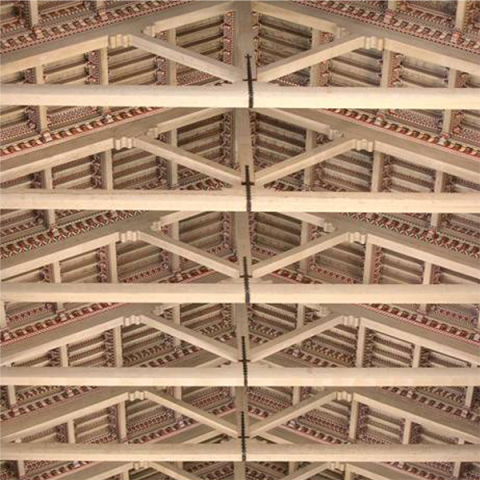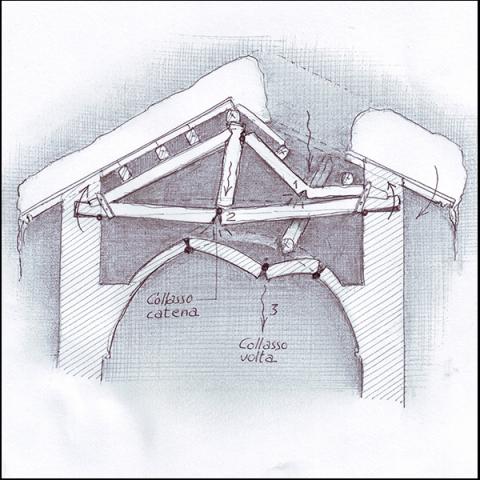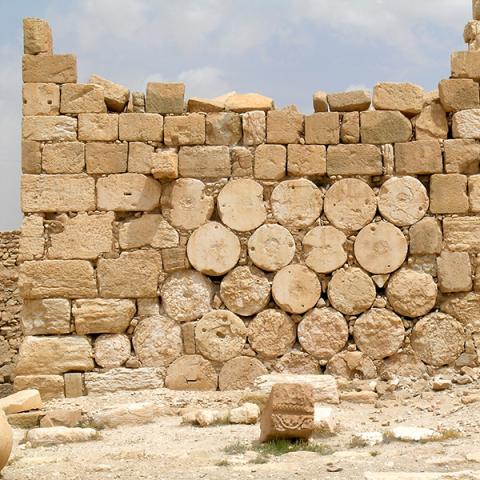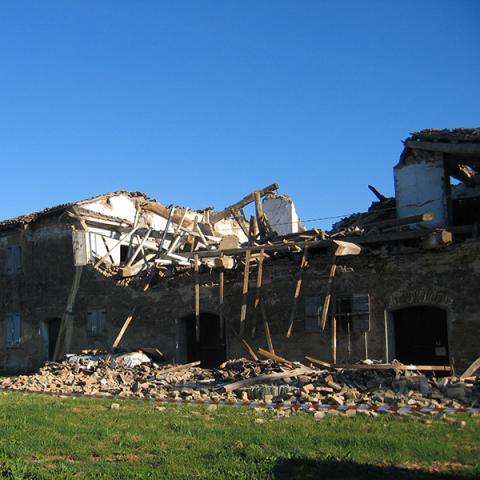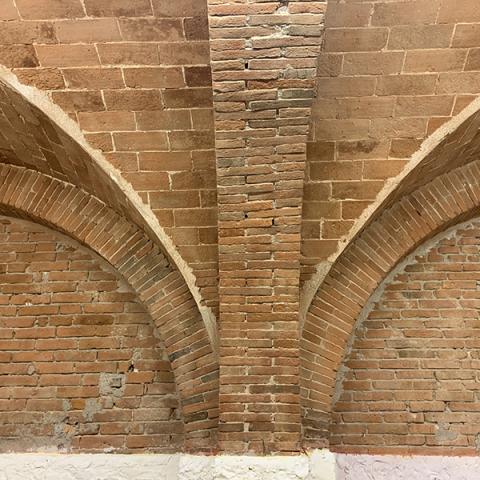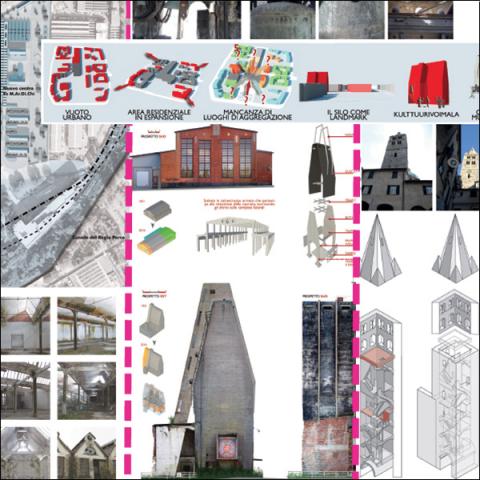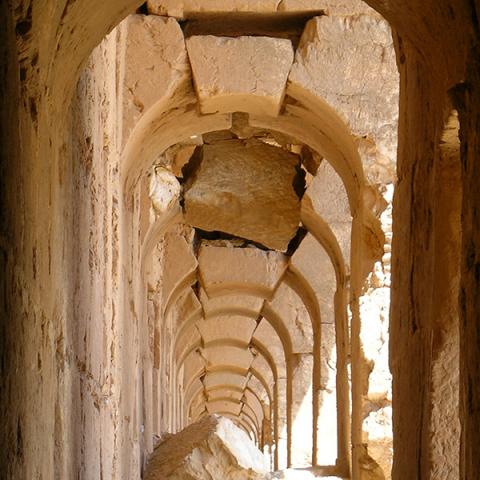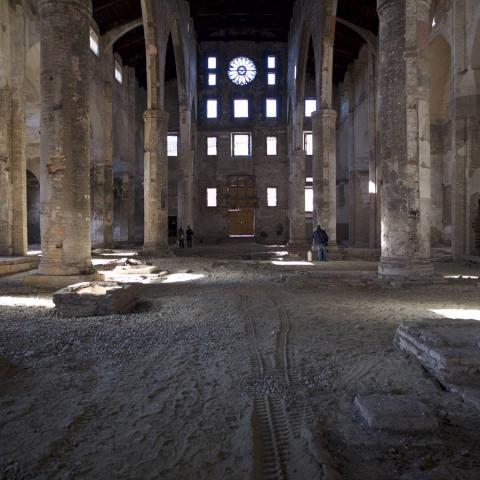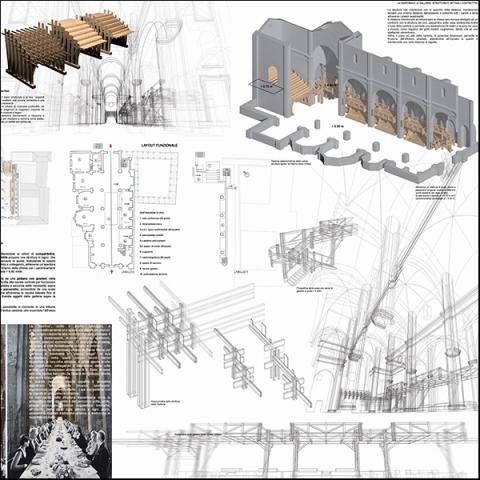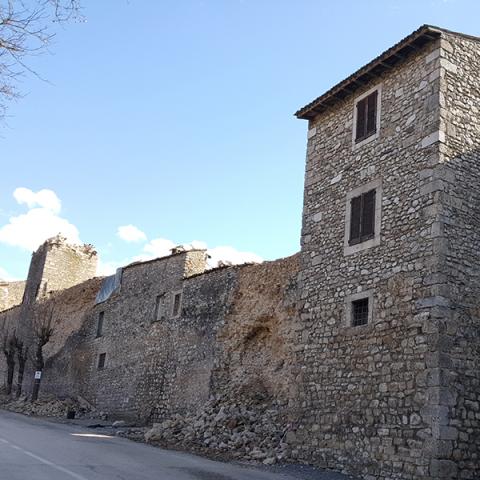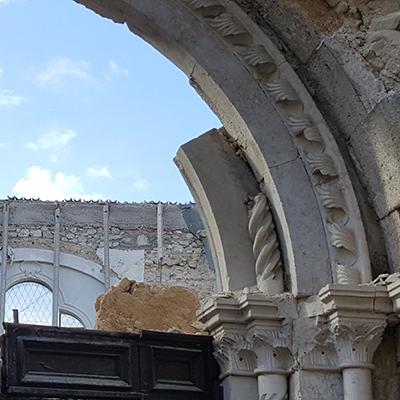Ovvero come sono crollati alcuni dei monumenti già consolidati
Il grande evento sismico dell’Italia Centrale ha evidenziato ancora una volta la drammatica vulnerabilità degli edifici storici, riaprendo interrogativi sulle capacità del Paese di preservare il suo immenso patrimonio storico-architettonico. L’articolo prende in riferimento alcuni casi simbolo dopo i recenti terremoti dell’Aquila e del Centro Italia, riflettendo sull’efficacia di alcuni consueti interventi di consolidamento eseguiti sul patrimonio storico tra gli anni ’70 e l’inizio degli anni ‘90. Molti di questi edifici, consolidati mediante una cultura tecnica che prevedeva l’inserimento invasivo di elementi in c.a. all’interno della scatola muraria, sono di fatto crollati rovinosamente alle successive scosse. Lo stravolgimento degli originari sistemi statici murari mediante l’esecuzione di interventi pesanti e invasivi ha dimostrato tutta la sua inefficacia. Al contrario le vulnerabilità intrinseche dell’edilizia storica sono migliorabili con interventi puntuali di sostituzione o riparazione locale e con materiali compatibili. [...]
That is how some of the already strengthened monuments have collapsed”
The great seismic event in Central Italy once again highlighted the dramatic vulnerability of historic buildings, reopening questions about the Country's ability to preserve its immense historical-architectural heritage. The paper refers to some cases study after the recent earthquakes in L'Aquila and Central Italy, reflecting on the effectiveness of some usual strengthening work carried out on the historical heritage between the '70s and the beginning of the' 90s. Many of these buildings, strengthened through a technical culture that provided for the invasive insertion of reinforced concrete elements inside the masonry structures, were collapsed ruinously to subsequent seismic shocks. The distortion of the original static masonry systems by means of heavy and invasive interventions has shown all its ineffectiveness. On the other hand, the intrinsic vulnerabilities of historic buildings can be improved with local repair and material compatible. The insertion of tie rods, the use of reinforced masonry curbs, the stiffening of floors and wooden roofs by other similar elements or by steel plates, the judicious and local use of modern composite materials: all are ways that they recall the art of pre-modern construction and can effectively represent the right strategy of active maintenance, which has often preserved many buildings from collapsing, preserving their historical value. The immense and unique Italian historical-architectural heritage deserves a strong action of seismic safety, rooted in correct principles and shared by the technical-scientific community, so that we do not recriminate the loss of further historical buildings. It is a commitment that we owe above all towards the new generations, to whom bequeath an integral and safe historical patrimony.
